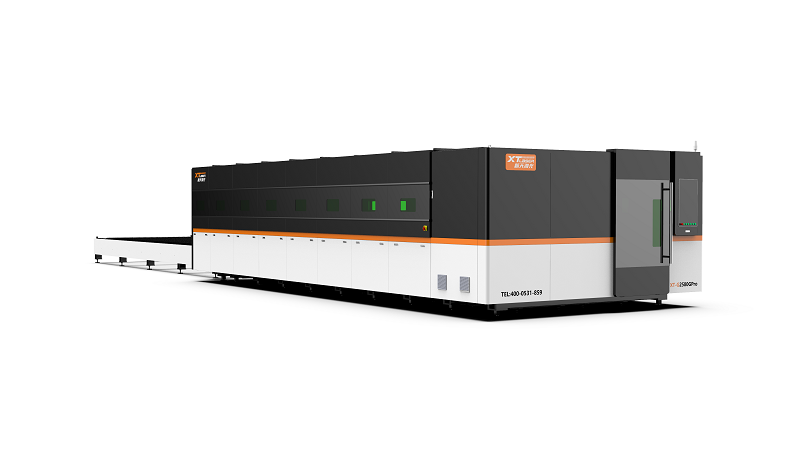Innovations in Laser Cutting Machines: Shaping the Future of Manufacturing
2024-07-17
The field of laser cutting has seen significant advancements in recent years, driven by the demand for higher precision, efficiency, and versatility in manufacturing processes. These innovations are transforming industries and opening up new possibilities for design and production. Let's delve into some of the latest innovations in laser cutting machines and their impact on the manufacturing landscape.

Fiber Laser Technology
One of the most significant advancements in laser cutting technology is the development of fiber lasers. Unlike traditional CO2 lasers, fiber lasers use optical fibers doped with rare earth elements to generate the laser beam. This technology offers several advantages:
- Higher Efficiency: Fiber lasers convert electrical energy into laser light more efficiently, reducing operational costs.
- Enhanced Precision: The smaller beam size of fiber lasers allows for finer cuts and more intricate designs.
- Increased Speed: Fiber lasers can cut materials faster than CO2 lasers, improving productivity.
- Lower Maintenance: Fiber lasers have fewer moving parts and a longer operational lifespan, reducing downtime and maintenance costs.
Ultra-Fast Lasers
Ultra-fast lasers, capable of generating pulses in the femtosecond (10^-15 seconds) range, represent a cutting-edge innovation in laser cutting technology. These lasers can cut materials with minimal heat-affected zones, resulting in cleaner and more precise cuts. Ultra-fast lasers are particularly useful for cutting delicate or heat-sensitive materials, such as thin metals, ceramics, and polymers.
Automation and Integration
The integration of laser cutting machines with advanced automation systems and software is another transformative innovation. Modern laser cutting machines can be linked with computer-aided design (CAD) and computer-aided manufacturing (CAM) software, enabling seamless design-to-production workflows. Key benefits include:
- Improved Accuracy: Automated systems reduce human error, ensuring consistent and accurate cuts.
- Enhanced Productivity: Automation allows for continuous operation, increasing throughput and reducing lead times.
- Customization: Advanced software integration enables easy customization of designs and quick adjustments to production parameters.
Hybrid Laser Cutting Machines
Hybrid laser cutting machines combine the strengths of different laser technologies to enhance performance and versatility. For example, a hybrid machine might integrate both CO2 and fiber lasers, allowing it to cut a wider range of materials with optimal efficiency. These machines offer manufacturers greater flexibility in their operations, enabling them to handle diverse cutting tasks without needing multiple machines.
Green Laser Technology
Green laser technology is emerging as a solution for cutting highly reflective materials, such as copper, brass, and gold. Traditional lasers often struggle with these materials due to their reflective properties, but green lasers, operating at a different wavelength, can cut them efficiently. This technology is particularly valuable in electronics manufacturing, where precision cutting of reflective materials is essential.
Benefits of Innovative Laser Cutting Technologies
- Cost Savings: Higher efficiency and lower maintenance requirements reduce operational costs.
- Quality Improvement: Advanced lasers and automation enhance cut quality and precision.
- Environmental Impact: Energy-efficient lasers and reduced material waste contribute to more sustainable manufacturing practices.
- Versatility: Innovations expand the range of materials and applications for laser cutting machines, increasing their utility across industries.
Conclusion
The continuous innovation in laser cutting machines is driving the evolution of manufacturing, making processes more efficient, precise, and versatile. From fiber and ultra-fast lasers to automation and hybrid technologies, these advancements are shaping the future of manufacturing. By embracing these innovations, businesses can stay competitive, improve product quality, and contribute to more sustainable production practices. The future of laser cutting is bright, and its impact on manufacturing will be profound.


